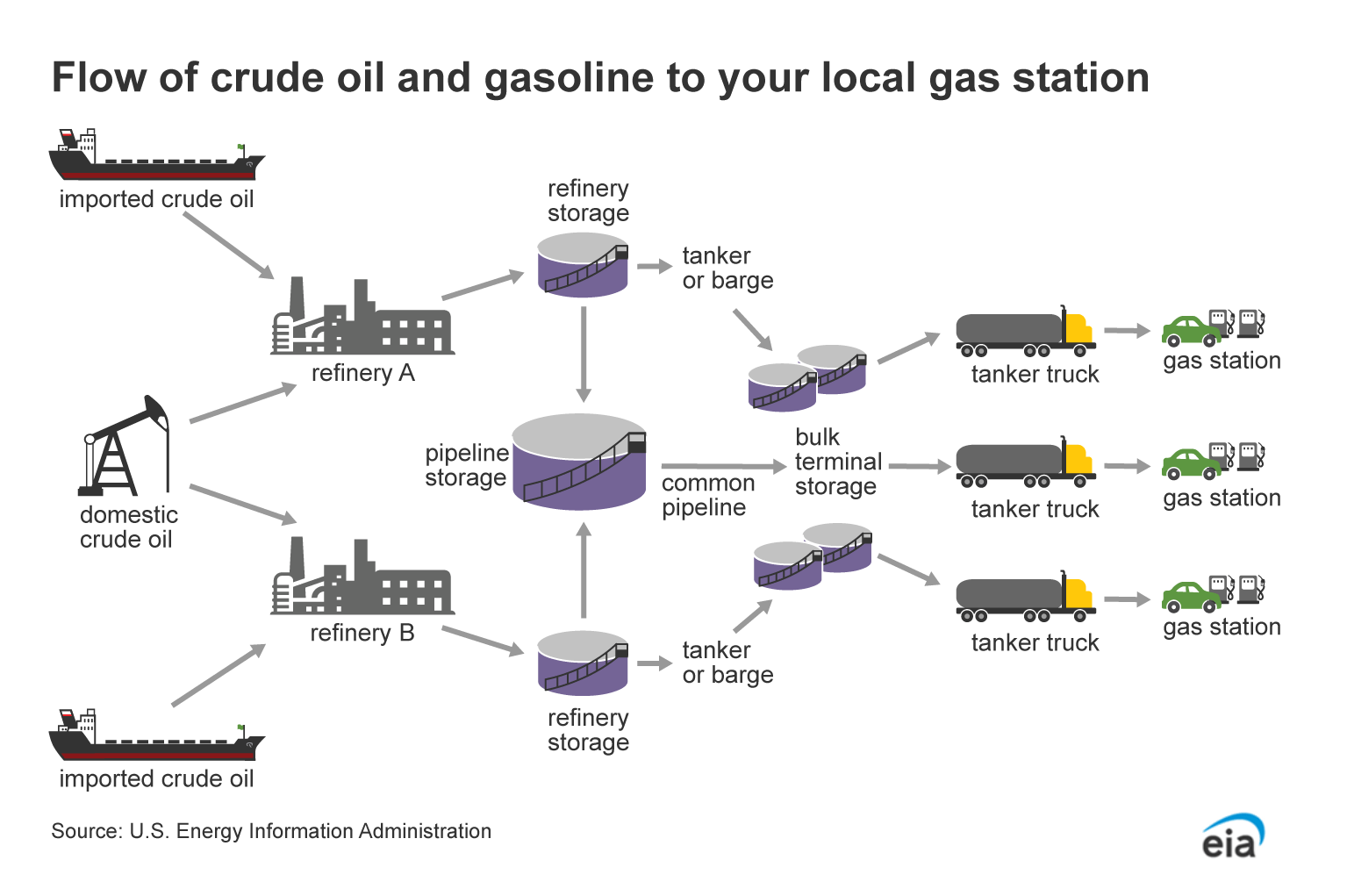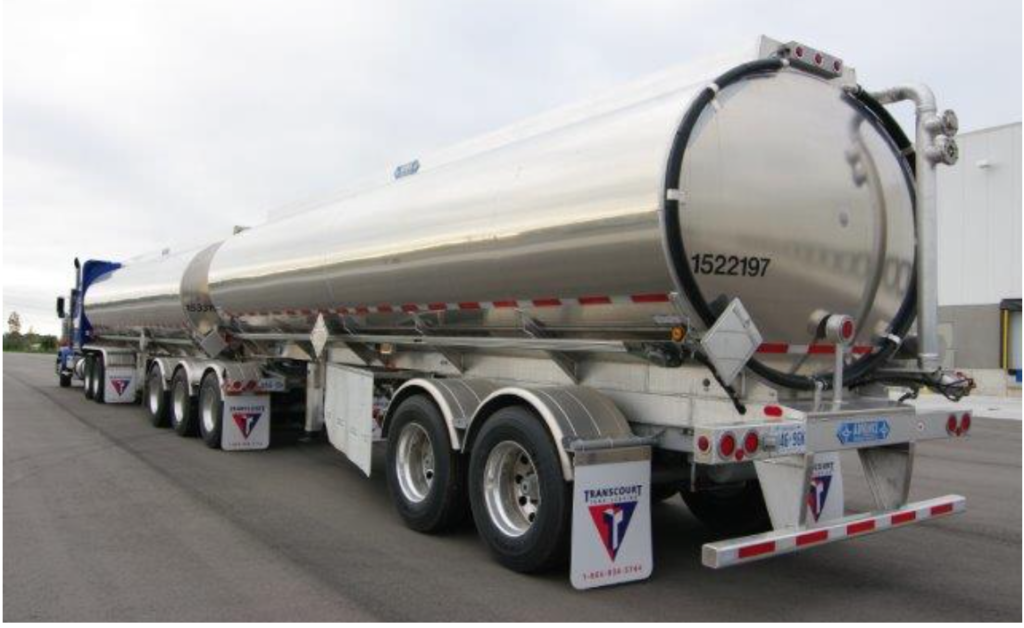JHZR2
Staff member
Was just discussing this with a friend. Their model 3, in below freezing conditions, 70-mile round trip commute (two stone cold runs), takes 1/3 of the battery.
So figure 210 miles for a model 3, brand new (before capacity loss or impedance issues show up) in the winter.
So figure 210 miles for a model 3, brand new (before capacity loss or impedance issues show up) in the winter.



